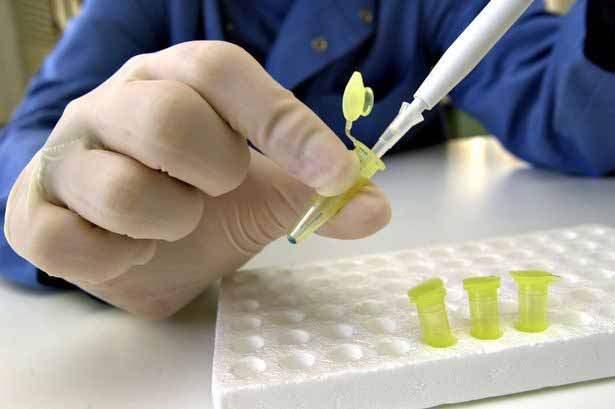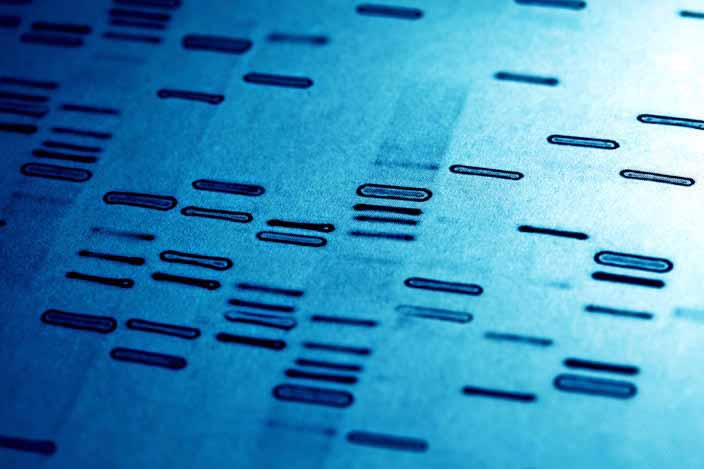Forensic science
BMI Forensic Test
Forensic testing for BMI from evidence sample
Virginia Commonwealth University researchers have developed a forensic test to gauge relative body mass index from evidence samples. Forensic labs can use this system to expand phenotypic observations beyond the standard DNA testing. The technology provides added evidence value to increase evidence stain usefulness. In addition, the analysis method is used in conjunction with the novel microRNA testing techniques that are now being implemented at a higher rate to determine hair, eye or skin color. The methodology utilizes standard concepts and technologies used in forensic analysis labs at this time, and requires no new or novel equipment.

The technology
The testing technique quantifies microRNA that correlates to relative body mass index. The relative levels of specific microRNA places potential suspects to be analyzed and put into one of four major weight categories: underweight, healthy, overweight or obese. Preliminary data has shown success from blood serum sampling, and current testing is validating dried blood and other body fluid samples. MicroRNA levels have shown to be stable in body fluid samples, allowing for this technique to be relevant in current forensic casework.
Current testing methods can describe other physical phenotypic attributes such as hair, eye or skin color but relative body mass has not yet been applied to modern forensic analysis. With additional phenotypic evidence, the suspect pool can be narrowed increasing the likelihood of success. VCU is seeking market insights on commercialization of this novel microRNA forensic analysis to gauge relative sample body mass indices. We welcome interest from potential partners and licensees.

